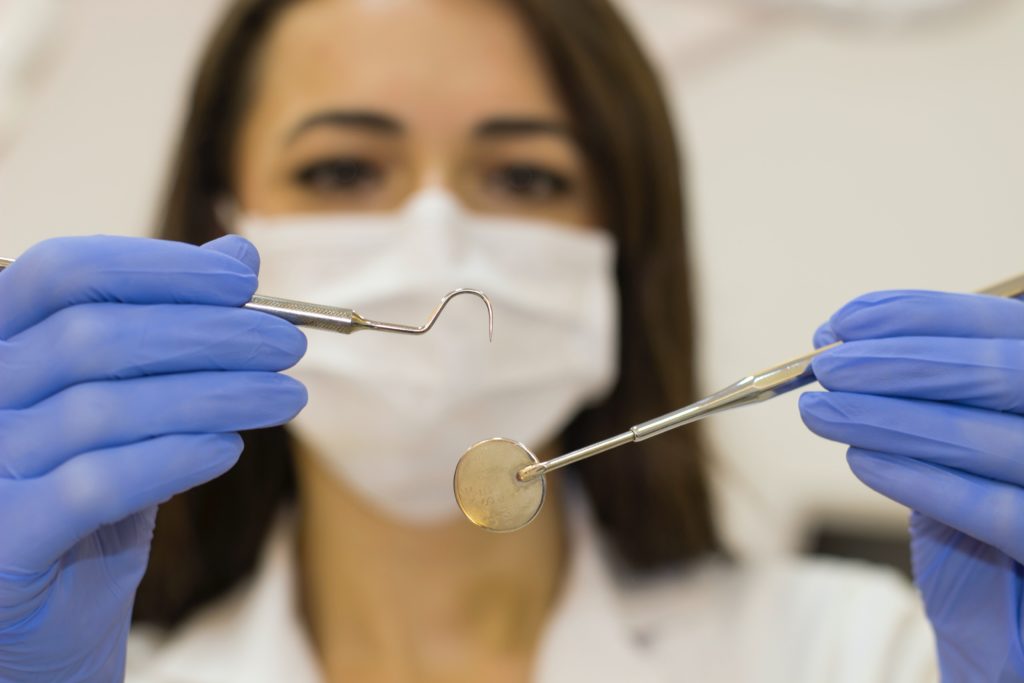What a long way we have progressed from the days when the dentist said the only way to correct teeth alignment was to use metal braces. They are still used today depending on the condition that needs to be treated, so they have stood the test of time although much improved. From this method however other braces and aligners have been invented. Clear braces W1 are
the product of many decades of research and the advances made in dental science and technology. Orthodontics are no longer only a treatment for children and adolescents, as more and more adults desire the need for straight teeth. The new almost invisible aligners and braces have made it more acceptable for adults to wear a device whilst going about their day-to-day life routines.
Not only for aesthetic reasons
There are many physical problems and health conditions that are caused by having teeth that are out of alignment. Crooked teeth or teeth that have an overbite, underbite or gaps mean that we are unable to chew our food properly, resulting in the digestive system having to work harder to break down our food. Jaw strain, headaches and ear pain are not uncommon problems that result from crooked teeth. In addition crooked teeth are more difficult to clean between which causes cavities requiring filling.
What is involved

Firstly a patient needs to have a thorough examination of their teeth, gums and jaw which will involve X-rays and probably a 3D scan and photographs. This allows the dentist to build a complete picture of the oral cavity and to determine which appliance is best suited to correct the particular problem. The patient is the one who makes the final decision so it is important to ask questions if there is uncertainty about anything. The latest technology even allows the dentist to show a patient what their smile will look at the end of the treatment.
If a decision is made to use a clear removable device the information is sent to a laboratory. This is where the aligners are made to the exact specifications for a particular patient as provided by the dentist. Aligners fit over the teeth like a gumshield and are called trays. Each tray has a slightly different orientation designed to gradually move the teeth to a particular position. The duration of the treatment depends on the particular dental condition and how far out of alignment the teeth have become. Each tray is usually worn for around two to three weeks and requires regular monthly dental visits. These visits allow the dentist to assess the progress and how long a particular tray needs to remain in before proceeding to the next one. During this time aligners may be removed for short periods to allow for teeth cleaning, aligner cleaning, eating and drinking. Once the teeth have moved into the prescribed position the patient is fitted with either a fixed or removable retainer to allow the teeth time to settle into their new positions.
Finally a smile for the world to see
The results will be well worth the time taken to correct those imperfections and being able to share that radiant smile will build a patient’s self-confidence. Not being embarrassed to share photographs of your smiling happy face will be a thing of the past. Now with a second chance a proper dental regime is important for healthy teeth and gums.
